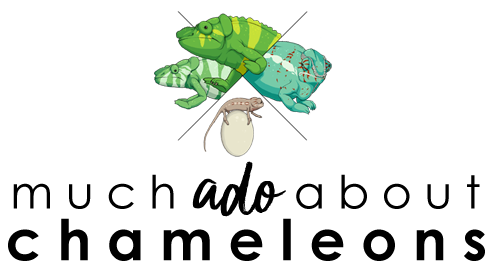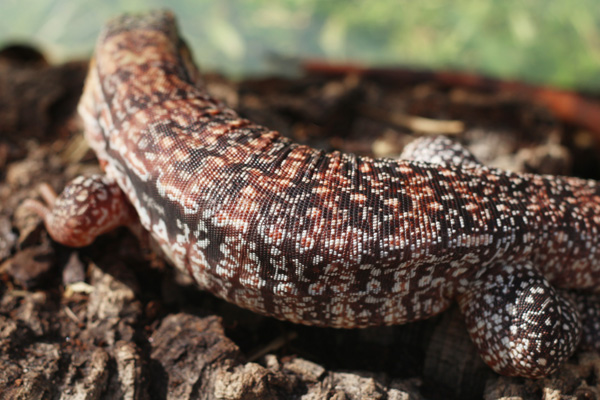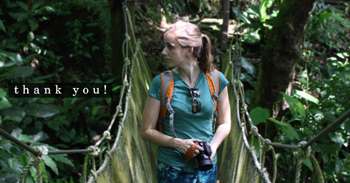Before
anything else, I wanted to take a moment to thank everyone for what is now over
4 years of support for this blog. I cannot believe that the little pet project
I thought no one would ever read has become a blog that receives a quarter million views a year and that generates an inbox full of emailed questions, comments,
and grateful messages of encouragement. Last year I did not write very much due
to work and other priorities but this year I am pushing myself to get back into
blogging, which I so enjoy. And all the encouragement reminds me that I don’t
just write into the void. Thank you again and here’s to another 4 years!
Cheers!
Now, I
wanted to give an example of how relevant something like proper lighting is to reptiles
in general and what an impact it can have on health, even those that
traditionally aren’t given regular UVB access. I’ve explained in other posts
how important UV lighting is, so in this post I just want to tell you a
cautionary tale, as it were, from my time as an intern at the herpetology
department of a major zoo here in Florida. This department had several major
faults that I will not go into, primarily because this isn’t supposed to be an exposé
on what is essentially a department of well-meaning but stifled zoo keepers
mismanaged by a barely competent administration, but also because only one
story is relevant here; the story of why the dart frogs were mysteriously ill.
It is
not apparent to the public, but in this department there were hundreds of dart
frogs in little terrariums lining the walls of all the back rooms, the ones not
visible to anyone but employees. And among these, there were dozens of Golden
poison frogs, Phyllobates
terribilis, in various cages across these rooms. Small, adorable, and
indeed golden in color, these frogs were an important breeding project for the department.
However, over the span of a few weeks some of the frogs had started developing
sores on the palms of their hands, on their noses, and on their thighs. The zoo
veterinarian was doing everything she could think of; she had them change the
substrate in their cages to a more sterile one, and she had them apply an
ointment to the sores as well as a topical antibiotic. But none of this worked,
the frogs were not improving. The sores stayed exactly the same for weeks at a
time.
 One
morning I was handed a Solarmeter and told to perform the monthly check on all
the UV lamps in the entire department, to ensure that UV levels were still
appropriate for everyone. Shockingly, many were not. Many lamps read 0,
regardless of the distance to the lamp. The lamps had completely burned out. I
even checked the terribilis UVB lamps and those read 0 as well. I
flipped back through the cage logs to the last time the readings were taken and
even a month ago then were practically useless; hovering in the single digits.
I immediately changed the lamps. Within a couple weeks the sores were looking
much better, and knowing all we do about how UVB and vitamin D assist the
immune system this improvement didn’t seem accidental. Management
half-heartedly listened when I reported how many lights were outputting nothing
at all and why this was bad for immune systems and over-all health, but I am
unsure if any moves were made to ensure this never happened again either.
One
morning I was handed a Solarmeter and told to perform the monthly check on all
the UV lamps in the entire department, to ensure that UV levels were still
appropriate for everyone. Shockingly, many were not. Many lamps read 0,
regardless of the distance to the lamp. The lamps had completely burned out. I
even checked the terribilis UVB lamps and those read 0 as well. I
flipped back through the cage logs to the last time the readings were taken and
even a month ago then were practically useless; hovering in the single digits.
I immediately changed the lamps. Within a couple weeks the sores were looking
much better, and knowing all we do about how UVB and vitamin D assist the
immune system this improvement didn’t seem accidental. Management
half-heartedly listened when I reported how many lights were outputting nothing
at all and why this was bad for immune systems and over-all health, but I am
unsure if any moves were made to ensure this never happened again either.
I recently
contributed to an article for Swell Reptiles regarding UV access for all species,
including those that traditionally have not been given UVB lamps. In the series
of articles they discuss Ferguson Zones, four different zones that categorize
reptiles and amphibians from those needing the least UV exposure (Zone 1, crepuscular
or shade-dwelling animals) to those that bask in the mid-day sun and have the
highest requirements (Zone 4). It is argued that even species like dart frogs,
which traditionally are heavy shade-dwellers, need and receive low levels of
ambient UVB exposure throughout the day and as such should be provided the
option to bask under a gentle UVB light in part of the enclosure. I myself have
observed some dart frog species basking in speckles of sunlight on the
rainforest floor in Costa Rica. The appropriate level of UVB is such an easy
thing to provide and it can have such a powerful effect on the immune system
and overall well-being of the animal in question, even for animals that appear
to be doing fine with their current
set-up.
Check out the article and the series on UVB exposure here:
Consider
adding UVB to species that have traditionally been able to “get away” without
having it and see what the health benefits might be. And for species we know
need UVB, such as chameleons, always stay on top of the age of your UVB bulbs,
replace them often, and (with the assistance of someone experienced, if needed)
make sure you buy the strongest bulb possible with the appropriate UVB output
for your specific species. If natural sunshine time is possible periodically,
then excellent! Provide different areas of shade and open exposure so that your
pet can regulate their own heat and UVB needs appropriately. Don’t be like the
zoo above and let the lights deteriorate beyond the point of being useful or
look into all husbandry parameters when a health issue pops up.
I
myself will be adding low-level UVB lights to my crepuscular/nocturnal geckos
(crested geckos and leachianus geckos) to observe for myself what Dr. Gary
Ferguson has said in his zone research; that even species that traditionally
have not been provided UVB can benefit from access to it. I will write more on
the subject once I have everything set up and allow the geckos to live with
access to this new light source for a few months and see if I see any improvements
in health, growth, and breeding habits. What do you think about this idea to
provide crepuscular species with UVB? Have you tried this? I would love to hear
what others think about this, either in theory or from practice.
 |
| My adult male Nuu Ana Rhacodactylus leachianus gecko, or Leachie for short. |













มาเล่นสล็อตออนไลน์ live22 เครดิตฟรี 2020 ที่นี่สิ
ReplyDeletehttps://www.slotxd.com/live22
ดูหนังฟรี หนังออนไลน์ที่คมชัดเต็มระบบ ทั้ง 4K HD สนุกง่ายๆ กับ Peace Breaker หักเหลี่ยมโหดตำรวจโคตรระห่ำ (2017)
ReplyDeleteMysore Casino : Dr. Michael M. Gamble - Dr. Michael M. Gamble
ReplyDeleteThe Mysore 서귀포 출장안마 Casino is one of 남양주 출장샵 the largest gambling establishments 대구광역 출장샵 in South America. 여수 출장샵 The only other location in the country that accepts 천안 출장안마 gaming is in